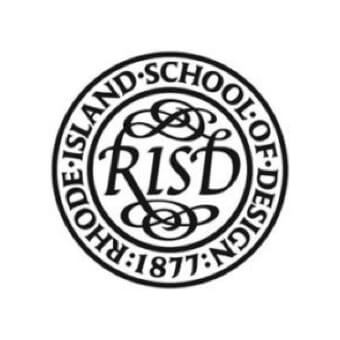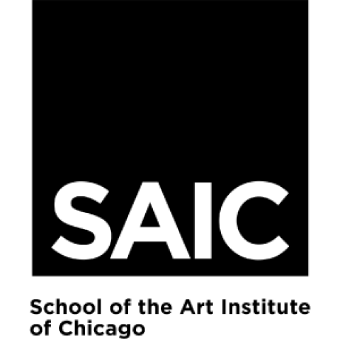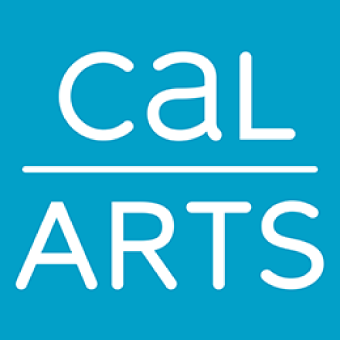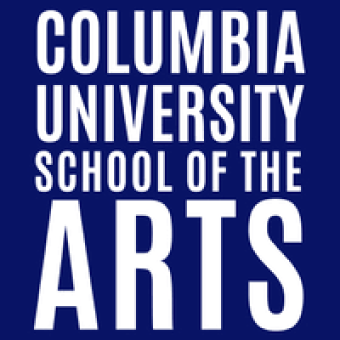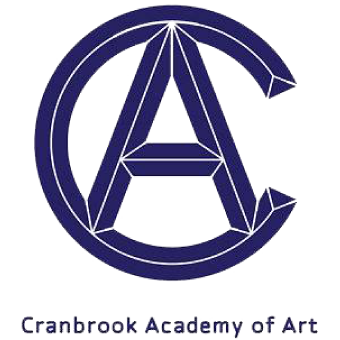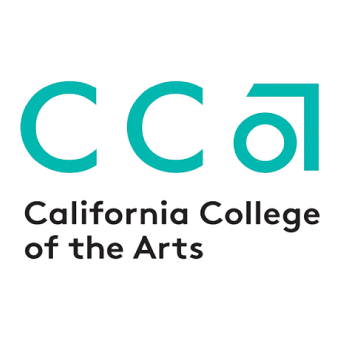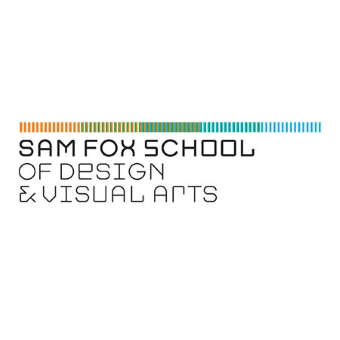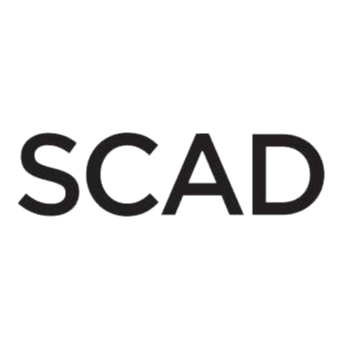A Fine Arts School offers an extensive curriculum that provides enrollees the opportunity to determine their personal artistic proclivities and inclinations. Classes include painting, drawing, jewelry design, sculpture, printmaking; just to name a few. Technical skills are emphasized as well as the inspiration needed for creative development. Graduates leave with a solid foundation for careers aligned with fine art.
The 25 Best Fine Arts Schools in the U.S. for 2019
Fine art is a visual art, created primarily for intellectual and aesthetic purposes, specifically, painting, drawing, graphics, watercolor, sculpture, and architecture. Fine art is not to be confused with the fine arts, which includes acting, musical theater, ceramics, photography, and more. Education in fine art is an integral part of the development of an artist.
In addition to elevating a students’ level of talent, fine art schools can help launch a career, provide important contacts, and open their eyes to a broader base of useful knowledge. Fine Art schools teach students to explore new areas of art, delve into new methods and mediums, and stretch their creativity, and provide students with non-academic benefits, like heightened self-esteem, motivation, and cultural and aesthetic awareness.
Our School Rankings
Enrolling in a fine art program gives students all the tools they need to develop and grow as an artist. And in fine art school, the process doesn’t stop once you create one masterpiece. It is ongoing. See below for a comprehensive list of the nation’s best fine art schools.
How to Select a Fine Art School
Fine arts programs come in all sizes and shapes and finding the best one that allows you to thrive as an artist is imperative. Fine art schools can help refine your talents, expand your mind, build a foundation for your career, and inspire you to take your art to a whole new level. After all, it’s not just a diploma; it’s the experience that art school can offer.
When studying the arts, the fit between faculty and the student is of particular importance. Does the school have professors on staff who specialize in your area of interest? What are the professors’ affiliations and teaching styles, and do they match your goals? Are there internship, performance, and exhibition opportunities that provide practical experience and training? In the end, selecting the best school includes understanding the options, and knowing the alternatives.
Portfolio Requirements
Understand also that every school requires and looks for different things in an applicant’s portfolio. Some fine art schools that are skill-focused will look for a range of drawings, paintings, or sculpture to see your skills and progress over time. Other schools will look at your inventiveness, creativity, and independent thinking skills.
If applying to a BFA program, you should have a history of creating art, either in high school or outside of a school environment. Consider your application as a way for the school to get to know your style of art and creative abilities, as well as your artistic potential. An essay (which is a typical part of the application process to fine art school) will ask why you want to be an artist, what artist(s) you respect, and what you expect out of a program. As you complete your application and go through the process of applying to schools, you may even whittle down choices as well.
Career Goals
First and foremost individuals pursuing a career in fine art must decide which area of fine art they want to study and if the school offers a program in this area? If so, will the program qualify you for a career in fine art?
School Choice
There are differences between types of schools. Larger colleges and universities, for example, offer a number of degrees and classes. Small private colleges typically focus primarily on specialized art degrees or a narrow range of degrees in a particular area of focus. Some students prefer one type of educational platform over another, while other students prefer the diversity of options, such as attending a small college for their undergraduate education, and attending a highly specialized program in a university setting for their graduate studies. Just remember, a student’s experience will vary greatly from school to school, and not all schools are created equal.
Art and Fine Art Colleges
Art and fine art colleges can be a great choice for individuals seeking a highly-specialized learning environment, with concentrations exclusive to art, such as painting or sculpture. Some fine art schools embrace a number of disciplines in both the visual and performing arts, such as art and architecture, as well as music and dance. The focus of most art colleges is to enable intensive training and education in the arts, and only secondary focus in other academic subjects.
The most common degrees generally found in art school are a BFA (Bachelor of Fine Arts) or BM (Bachelor of Music). Both programs require the majority of students’ time be spent in their major, and the rest in general education courses. That said, the academic and financial requirements vary from program to program, and there is no possible way to describe every school or every program. When choosing an art school, it is important to research to ensure the curriculum will meet your career goals. It is also important to choose a school where professors have a background in your chosen discipline. Start by visiting art colleges websites. There, you should be able to find a list of full-time faculty, admissions policies, curriculum, and more.
Liberal Arts Colleges
Rather than attend a fine art college or conservatory, many students opt to major in the arts at a liberal arts college or university. Many liberal arts colleges offer the same degrees as found in art colleges, but the focus on general education is greater. Some liberal arts colleges offer an alternative bachelor of arts (BA) degree program in addition to a BFA or BM. Liberal arts colleges and universities also offer minors or concentrations in the arts, which gives students the option to evolve their minor into their major. Another advantage is the opportunity to study with other students in both art and non-art programs and form mentorship relationships with professors outside your major. Liberal arts colleges are the best option for students who choose to receive a broad education, with either intensive or not so intensive training in the arts.
A bachelor of fine art degree program usually lasts for four years, and includes classes in art, studio art, art history, and writing, prior to deciding on a concentration. Some schools will require students to decide a specific major, like sculpture, and other schools will allow students to work in a variety of media. Depending on the liberal arts school, students may take a majority of classes in non-art subjects, like math and science, until their third or fourth year. A BFA usually culminates in a senior thesis exhibition of students’ work. In addition, some bachelor degree art programs are taught by teaching assistants instead of professors. If you want to study under a specific professor, call the school’s art department and ask if he or she will teach the class.
A master of fine arts degree (MFA) usually takes two to three years beyond earning a bachelor’s degree. Students who have not earned a BA, MA, or BFA degree, or have little art background may be requested to enroll in a post-baccalaureate program; a preparatory program between undergrad and graduate school. A great place to start your school search is to find out who your professors will be. Your professors will be your mentors in school, and become your greatest asset after graduation for museum and gallery connections, teaching positions, and more. Just make sure that the professors listed on a school’s website will actually be available to your as a student more than a few times a year. In short, when considering a fine art program in a liberal arts college or university, make sure you get what you pay for.
School of the Arts
Another alternative that exists for aspiring fine art students is a school of the arts. Typically, a school of the arts will focus on the multiple talents of a student, such as an actor who can dance, or a painter who also loves sculpture. For these individuals, a liberal arts college that offers a full range of visual arts or performing arts programs in a ‘school of arts’ may be best. These schools are best for students who want to bridge their creative interests, perhaps through a double major, a minor in a different area, or through elective coursework. Some schools even allow students to pursue a combination of degrees, such as BFA/BA or BM/BA, to make the most of their education.
Beyond choosing the type of school you wish to attend, you must also consider which kind of environment makes you most comfortable; small town or big city, competitive environment or close circle of classmates. Will you gain the type of education you can use in your career, and, e at the end of the day, will you look back and be pleased with your decision.
What to Expect from a Fine Arts Program
Fine artists use a variety of media to create original works of art. An artist may specialize in one medium, such as oils or pen and pencil. Many artists also concentrate in one specific area, such as landscapes or portraits. For individuals with talent, fine art can be a very satisfying career.
Fine Art schools teach students to explore new areas of art, delve into new methods and mediums, and stretch their creativity. Fine art schools also provide students with non-academic benefits, like heightened self-esteem, motivation, cultural and aesthetic awareness, and appreciation of diversity.
You’ll have access to equipment that allows you to experiment with new techniques that require more than just a pen or pencil. You’ll have art professors who guide and mentor your journey, providing you with a board base of knowledge and allowing you to figure out a direction for your future. Professors also help students refine their skills and ward off any difficulties that some artists encounter when choosing a specialty.
In art school, you’ll have opportunities for critique, and exposure to student shows. And, many schools offer internships or apprenticeships that provide hands-on opportunities to study under the guidance of professional artists.
Fine art programs can be as varied as the art student’s produce and offer the opportunity to choose a concentration in the visual arts, like painting or sculpture, or architecture.
Certificate programs are generally more concentrated that degree programs and represent proficiency in one particular area of study. These programs start with fundamental art courses and unusually appeal to students with limited experience or training. Certificate programs might take only one or two semesters, or as long as two years to complete.
Associate fine art degree programs are commonly offered by community colleges and technical institutes. They typically last for two years and offer students a general education in fine art. Associate programs also prepare students for furthering their studies and earning a bachelor’s degree in fine art.
Bachelor’s fine art degree programs typically take four to five years to complete, unless you enter a program with an associate degree already under your belt. According to the National Association of School of Art and Design (NASAD), there are two types of undergraduate degrees in fine art; professional programs where students earn a Bachelor’s of Fine Arts (BFA), or liberal arts programs, which grant a Bachelor’s of Arts (BA).
A Bachelor’s of Fine Arts (BFA) program teaches students both the creative and technical skills needed to succeed as a fine artist. It is sometimes considered to be the most prestigious degree a student can earn in the visual arts, and offers advanced instruction in fine art, including painting, sculpting, printmaking, and more. Earning a BFA is the option for those who wish to gain the most skill and proficiency as possible in fine art. Students who intend to further their education and pursue graduate studies should consider choosing this degree.
Earning a Bachelor’s of Art (BA) degree is usually less extensive than a BFA degree, but still contains all the core courses in general education and in the major area of study. BA programs, in general, give students more flexibility in choosing coursework and are usually less specialized. A BA is the choice of students who wish to minor or double-major in another subject area, allowing them to tailor their academics to fit their interests. BA programs offer a board range of disciplines in a liberal arts setting.
Both degrees (BA & BFA) offer a wide range of coursework, regardless of concentration, including; Survey of Art, 2D and 3D design, Art History, Color Theory, Life Drawing, Painting, Sculpture, Ceramics, Digital Graphics, Photography, and Architectural Modelmaking. General coursework may include English, History, Natural Science and Social Science.
Master’s degree programs can take from one to three years to complete and require students to have earned their bachelors’ degree prior to enrollment. As with undergraduate degrees in fine art (BA and BFA), there are also two types of master’s programs; the Master of Art (MA) and the Master of Fine Art (MFA).
Just like choosing the right bachelor’s degree program is important, choosing the right master’s degree program is also vital to your career goals. The main difference between an MFA and an MA is the ratio of liberal arts classes to fine arts classes. An MFA is the choice for students who wish to enter a career in fine art as a painter, sculptor, and more. For students who wish for a little more flexibility, the MA program offers a wider range of coursework and prepares students for more diverse career opportunities.
The career options a graduate degree offers are vast; offering graduates careers as Art Restorer, Fashion Artist, Scientific Illustrator, to Stained Glass Artist, or Forensic Artist. It is important, however, to understand that more than 60 percent of fine artists are self-employed.
What Are the Requirements for Admission to a School of Fine Arts?
Because most fine arts school require students to send in their applications earlier that most other schools, aspiring artists should begin the application process to attend a fine art program as early as one to two years prior to the proposed entrance date. The application includes test scores, GPA, and transcripts, and also what particular department or program (if identified) the artist is most interested in.
It is important to research which schools offer the program or program you are most interested in exploring. And, as there are a lot of talented artists who wish to be considered for a particular art program, applying to more than one school will raise your chances of being accepted.
Most fine art programs will begin by asking prospective students to submit a cover letter or statement of intent, detailing why they want to attend the art program, what they are looking to accomplish with an education, and if there are any financial considerations. In addition, the school will request a portfolio, displaying students’ best work, and a variety of media and techniques they have used in their art. Directions for submitting portfolio work differs from school to school, so it is important to follow the instructions exactly, or it may not be considered. Today, digital image upload is the most popular and preferred method for submitting a portfolio. Other methods include CD or DVD, or photographs.

